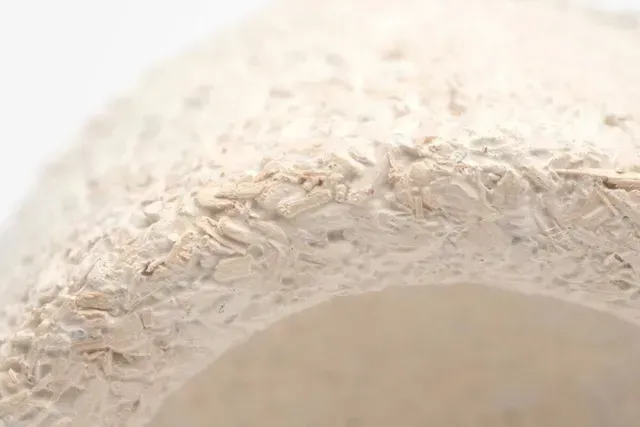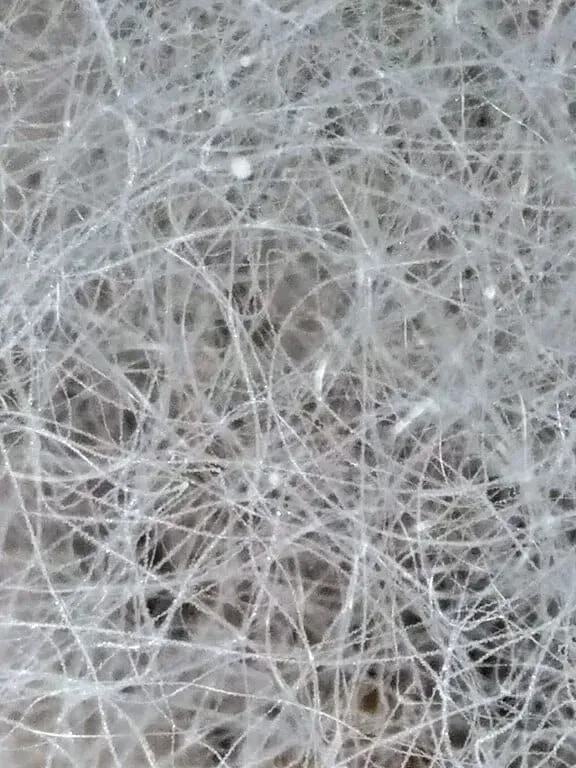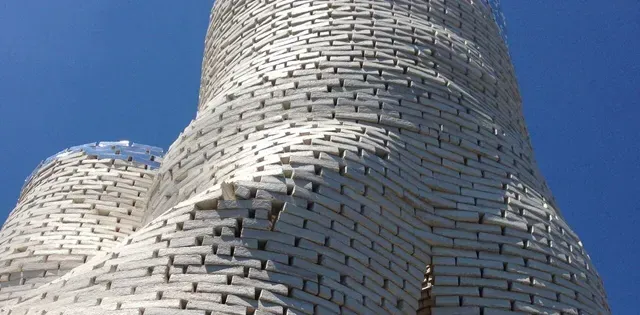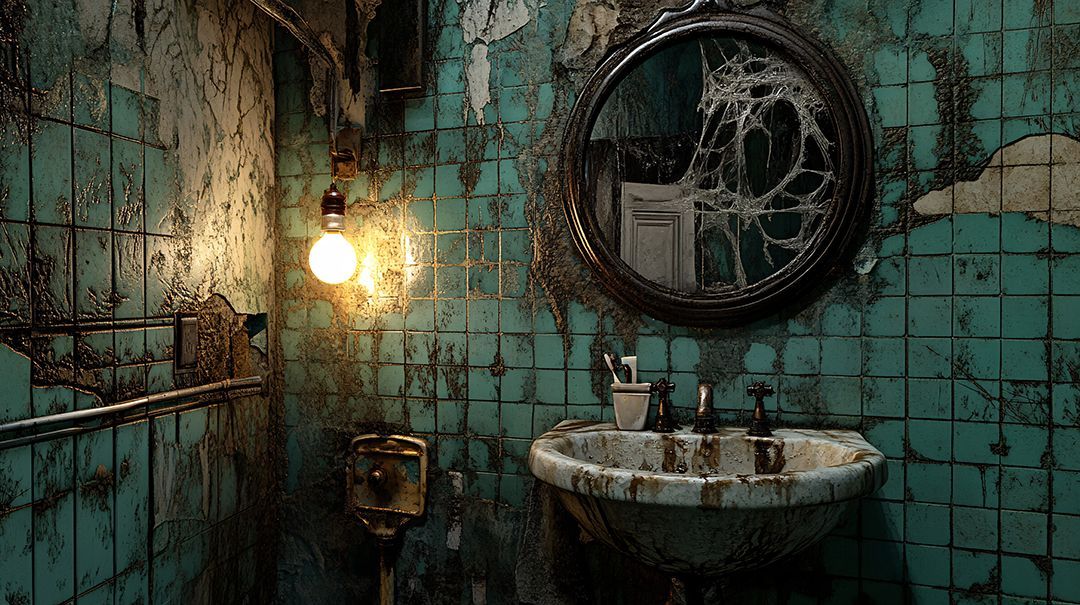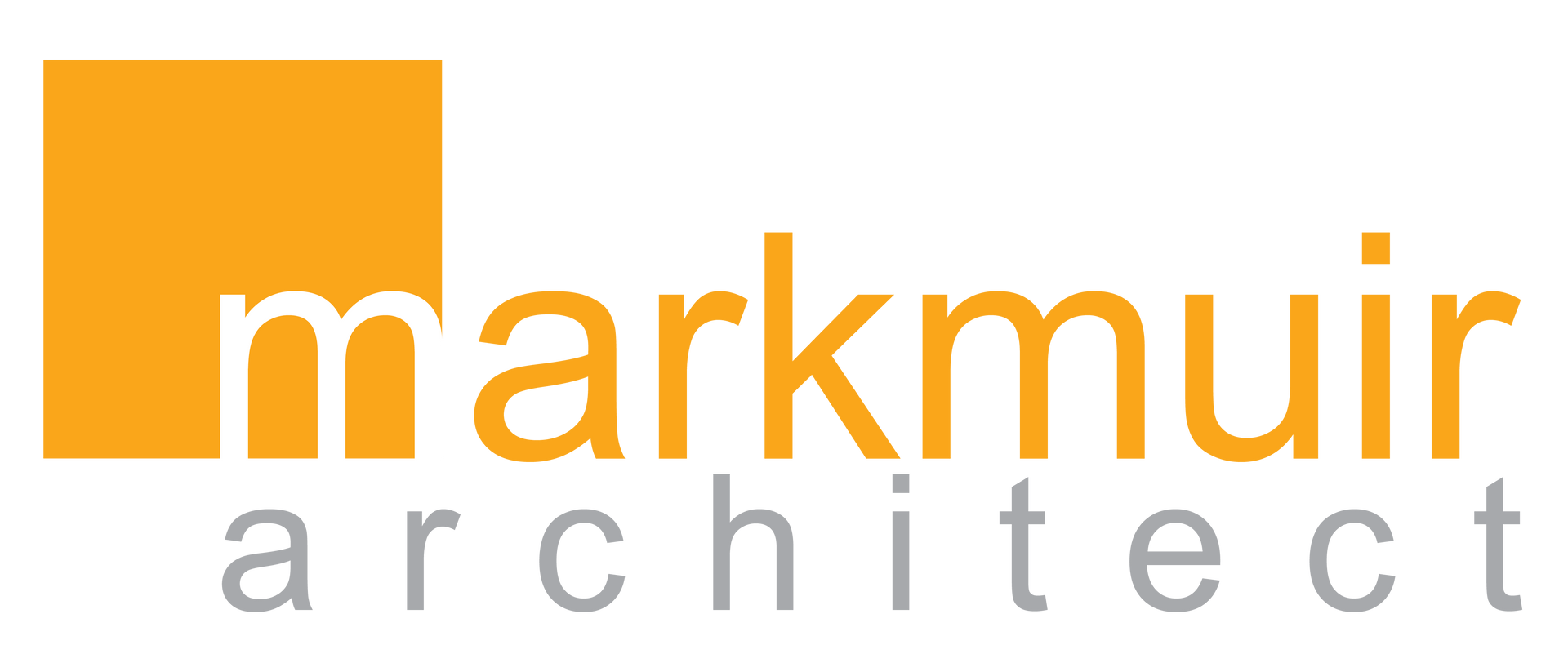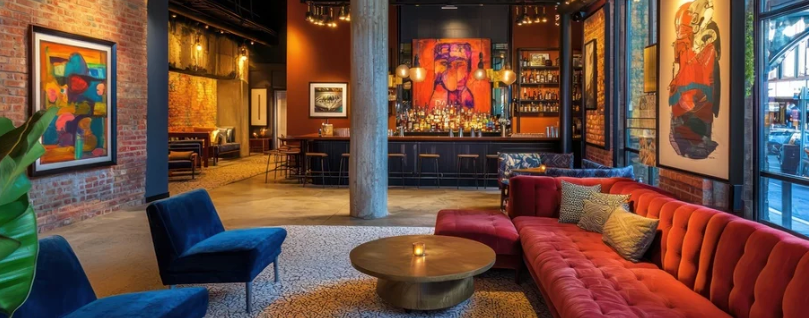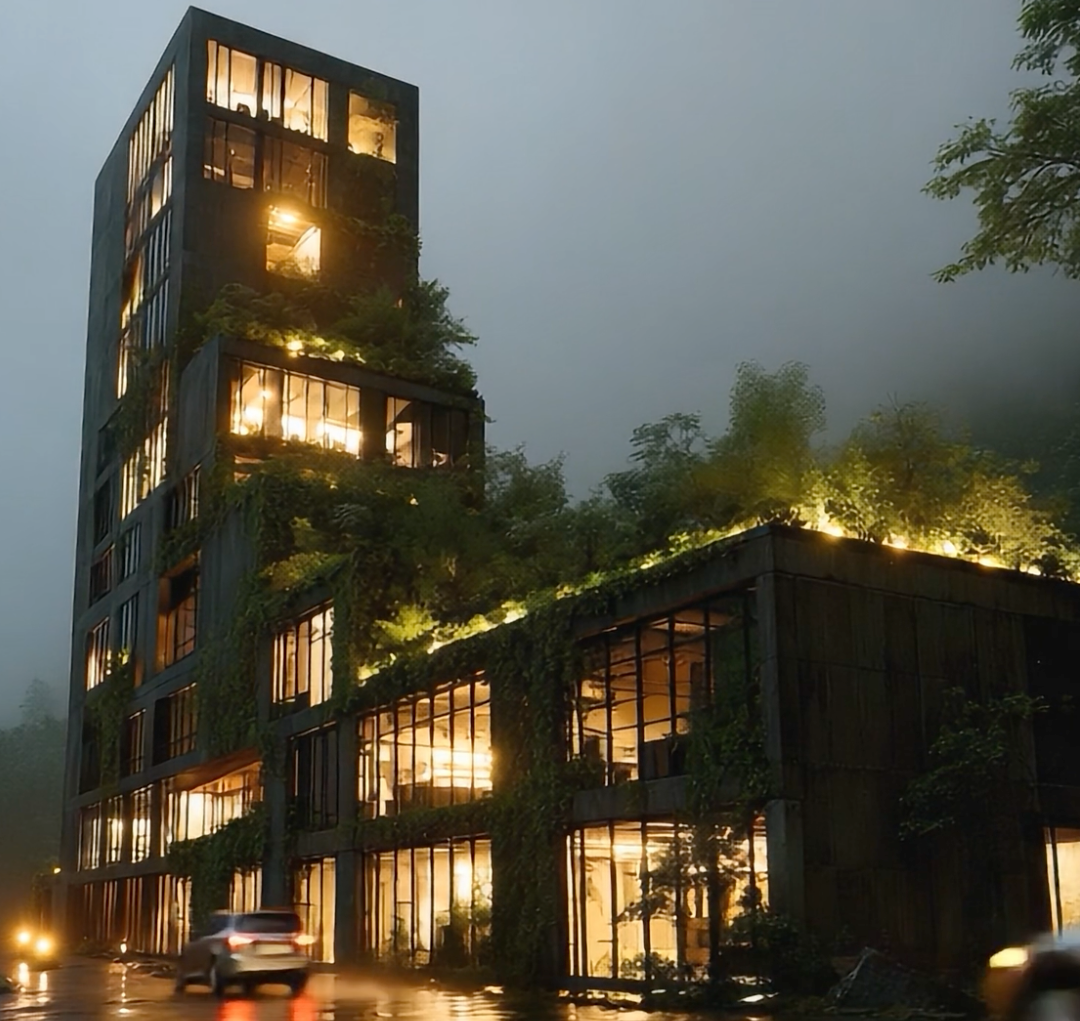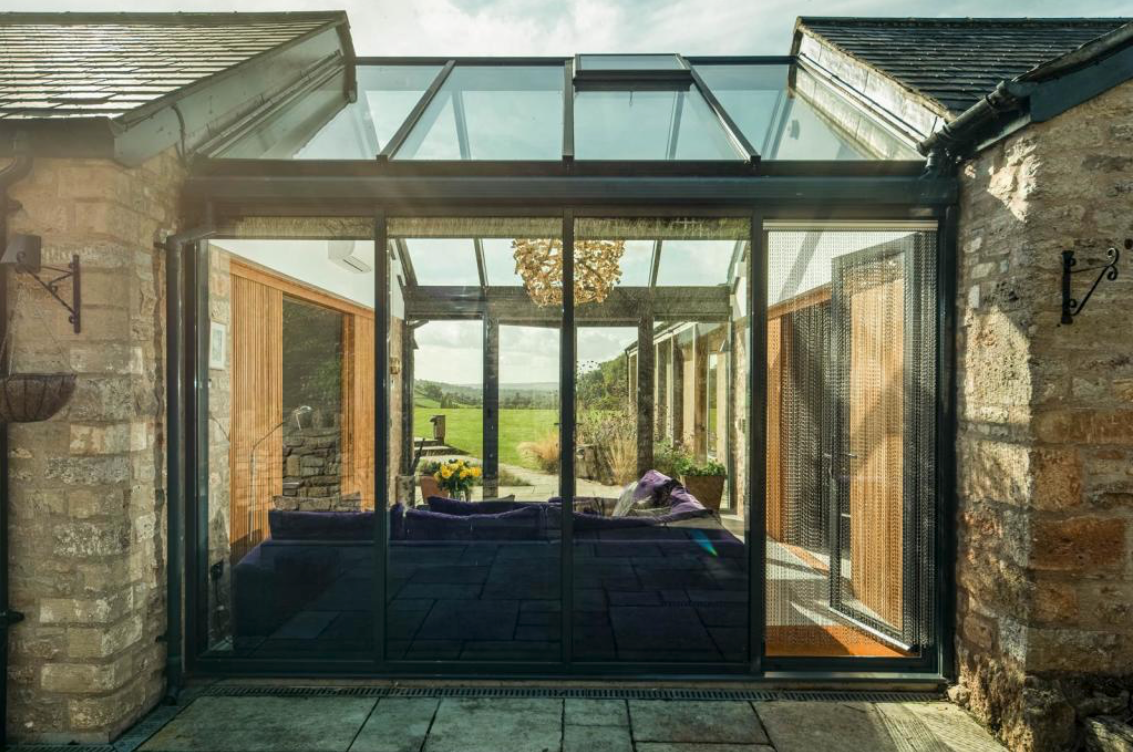Next Gen Eco Materials 4 - 3D Printed Mycelium
Researchers have developed sustainable soundproofing using the fungus-based material, mycelium, and 3D printing technologies. The majority of modern soundproofing panels are made of synthetic foams or mineral fibres that are neither sustainable nor recyclable.
Mycelium, however, is brilliantly effective, sustainable and will help to conserve our limited resources. Researchers at the Fraunhofer Institute for Environmental, Safety and Energy Technology (UMSICHT) and the Fraunhofer Institute for Building Physics (IBP) have discovered a way to adapt mycelium structure and 3D printers in order to manufacture new eco-friendly sound absorbers.
Mycelium is the vegetative body for all fungus, the equivalent of a plant’s root system but far more complex. It contains a network of thread-like tubular filaments called hyphae. In order to turn this into a material which can be 3D printed the it must first be mixed with a substrate such as straw, wood or waste from food production. This mixture is then 3D printed into the desired shape. The mycelium permeates the substrate, fusing with it. The form is then put in a kiln to kill the fungus. The final structure is solid, yet porous, and when printed in thin layers is an effective sound absorber.
While creating strong and lightweight parts, the material is also sustainable, biodegradable and exists in abundance. When in its natural habitat, Mycelium can span kilometres underground. It also acts as a carbon storage facility, able to double an environment’s natural carbon-capture rate. While several 3D printing materials boast a low to zero carbon footprints, mycelium’s is actually negative.
And it's not just soundproofing....
....Mycelium is becoming bricks, insulation, furniture.. the list is getting longer every day.
Blast Studio in London has already 3d printed a 2m high structure from mycelium and is now working to scale up the technology to print a test pavilion and in the future, it hopes to construct entire buildings. Co-founder Paola Garnousset said this could effectively allow cities to grow architecture from their own waste while providing food for their inhabitants.
"Our vision is to start a new type of living architecture that could self-repair and be harvested to feed people,"
"The idea would be to 3D print a living structure in situ, which would be inoculated with different varieties of mushrooms, some with high structural resistance and some delicious ones."
